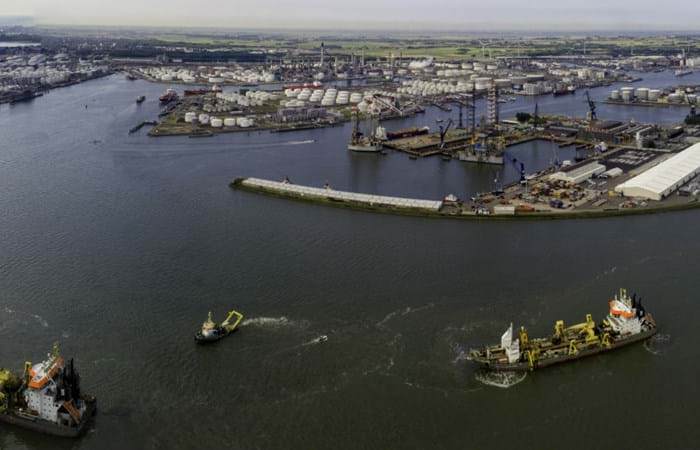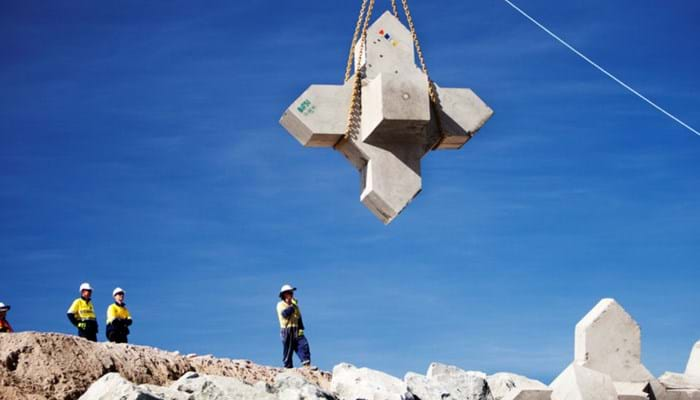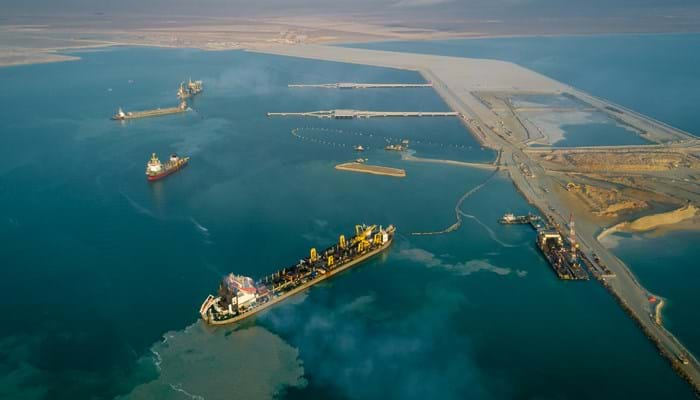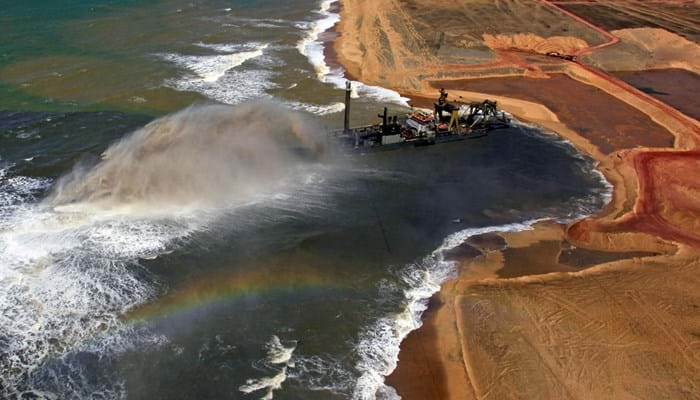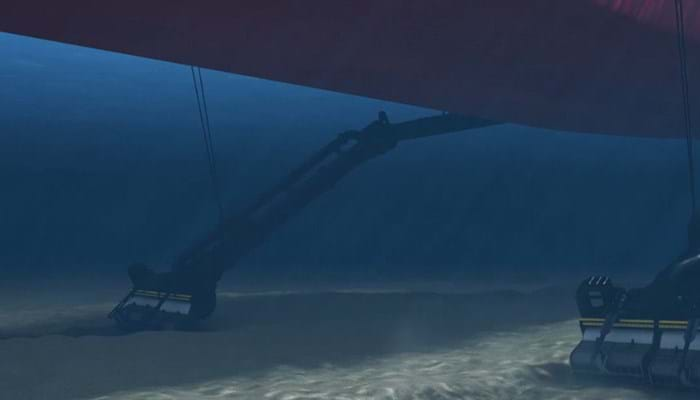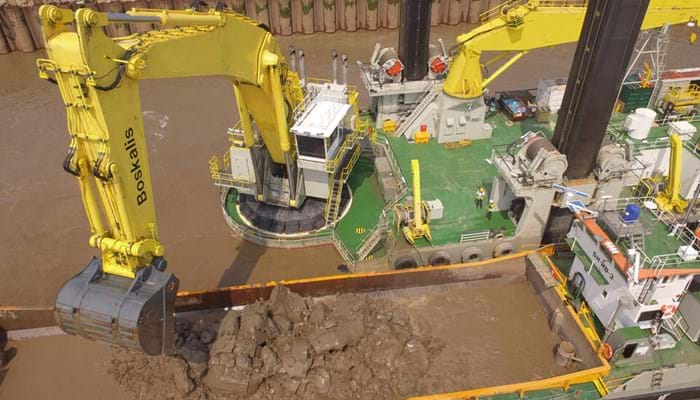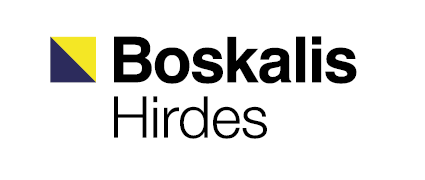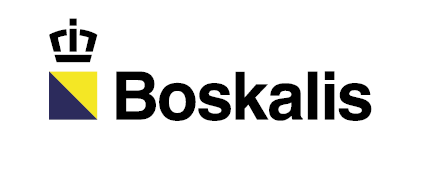Boskalis has extensive experience constructing and maintaining ports and waterways worldwide. Our activities include dredging port access channels, inner channels, turning basins and mooring berths and constructing breakwaters utilizing our versatile fleet of trailing suction hopper dredgers, cutter suction dredgers and backhoes. Where additional land is needed for port development, we reclaim harbor islands and land for yards and terminals. In addition, we construct quay walls and offer soil improvement by compacting and vertical/horizontal drainage.
Bringing your project to a safe haven
Constructing ports involves a lot more than just hydraulic engineering. We also conduct detailed technical and financial feasibility studies for each project, and can assess and monitor your project’s environmental impact and by applying our building with nature techniques even assist in overcoming environmental concerns. We can take care of ongoing maintenance, which can also be taken into account during the construction process. In this way we bring even the most complex project to a safe haven.
Let's talk
Dredging
For dredging and infrastructure related queries contact our Dredging department.

